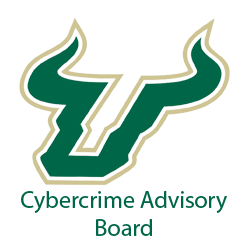
The Cybersecurity Issue of Infrastructure Attacks
Every country needs critical infrastructure — like power, water, healthcare, food, and agriculture. When one of these sectors breaks down or is attacked, it affects all the others. These sectors are not just important – they are crucial to our lives, communities, and global security. Infrastructure is the foundation that supports everything else you do. With that said, infrastructure attacks can be devastating for everyone.
Cyber-physical attacks on critical infrastructure systems are on the rise. These types of threats can cause outages and even be fatal. Experts predict that by 2025, attackers will have weaponized a critical infrastructure cyber-physical system to successfully harm or kill humans.
How Does This Affect Your Business
Critical infrastructure is the backbone of our society. Critical infrastructure powers our communities and economies from electric grids and telecommunications equipment to subway systems and wastewater treatment plants. While we often take them for granted, these systems are crucial to our quality of life; without them, the consequences would be devastating.
Every country has many critical infrastructure sectors, including energy production and transmission, water and wastewater, healthcare, and food and agriculture. These sectors are all interconnected, so if one of them is attacked, it can immediately impact the others. As you can see, every executive or businessperson relies on critical infrastructure throughout their day.
What Can I Do for My Business in the Event of Infrastructure Attacks?
With the right tools and technologies available, organizations can safely recover at their own pace. This way, enterprises are able to maximize security without sacrificing ongoing business operations. Your company’s security and risk management teams should define their high-value assets so that triage and decision-making about what to bring back up first don’t occur on the fly. And, if you have none? This is a suggestion to begin vetting potential hires to fill that role.
Once you have this operational team in control, you should direct them to specialize in network segmentation. A brief explanation – Your computer networks need to be segmented into security zones or clusters of network resources. Damage control should be kept in mind when designing and implementing segmentation. This can help bring your greatest assets online as quickly as possible.
Another Great Tip? Emergency Communications
Your company needs to have a plan in place to respond quickly in emergencies. When a crisis occurs, your staff must be able to communicate with one another easily. Not only that, but they also need to be able to communicate with your vendors and partners. You don’t want to be fumbling around on social media sites to communicate when an emergency happens.
To improve your organization’s response to an emergency, be sure to update your personnel reporting and internal emergency communications trees in both IT and operations and keep a copy offline. To ensure your employees have the information they need, create quick email alerts for all departments, and update your emergency contact lists.
With that, you have what you need to begin updating your security in the case of infrastructure attacks. Our team at Arruda Group hopes this helps!




